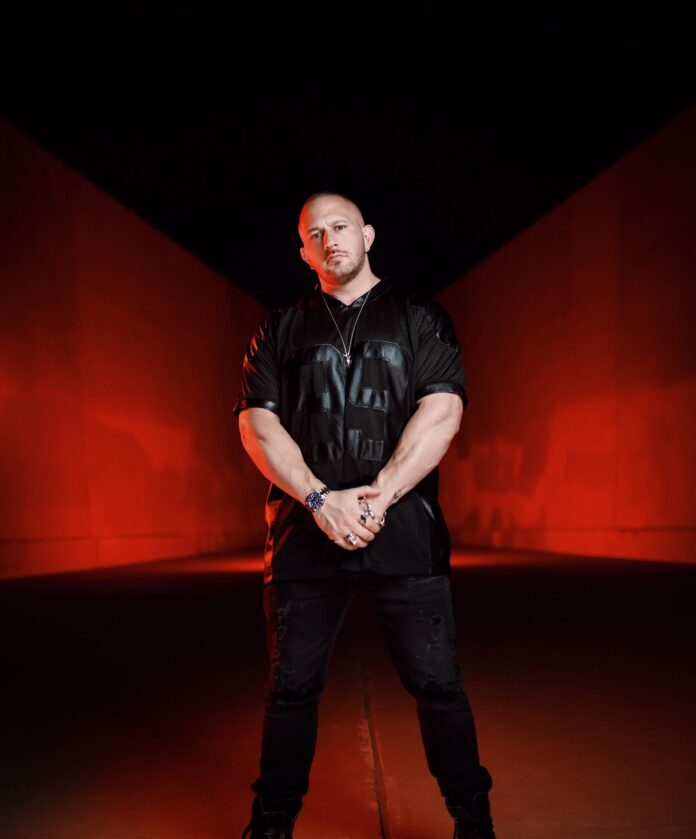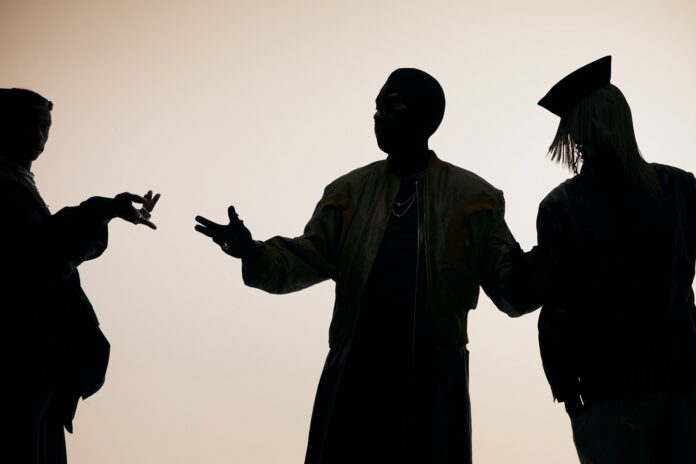Mamoru Hosoda is following in the tradition of the great anime directors before him by starting a beef with another great anime director -- in this case, Hayao Miyazaki. Criticizing Miyazaki is nothing new, as directors ranging from Mamoru Oshii to Yoshiyuki Tomino to even Miyazaki's own protege Hideaki Anno have offered their own critical takes on the man and his filmography, but Hosoda is stirring new controversy by criticizing one aspect of Miyazaki's filmography that's usually been celebrated: his female characters.
The basic substance of Hosoda's criticisms is that he sees Miyazaki as overidealizing the young women who make up the majority of his films' protagonists and that Hosoda wants characters to be more realistic and "show the good and the bad in people." As an analysis of Miyazaki's writing, it's harsh but also somewhat justified. As a statement of purpose for Hosoda's own work, however, it's questionable whether he does things that differently from Miyazaki.
Does Miyazaki Overidealize Women?
To an extent, Hosoda is right in saying that Miyazaki's films tend to focus on a certain type of idealized female character. Clarisse, the love interest from Miyazaki's first feature film Lupin III: The Castle of Cagliostro, is often considered to be Ground Zero for the moe movement, and Nahoko from Miyazaki's latest film, The Wind Rises, is an even flatter idealized love interest. Nausicaa from Nausicaa of the Valley of the Wind is much more proactive but idealized in a different way as a near-flawless messiah figure. Sheeta in Castle in the Sky, Mei and Satsuki in My Neighbor Totoro, Kiki in Kiki's Delivery Service, Fio in Porco Rosso and Ponyo from Ponyo are all good, sometimes even great characters, but could be considered variations on a similar idealized archetype.
However, there are some notable exceptions. Chihiro could be said to develop into a more typical Miyazaki heroine, but she starts Spirited Away as much more selfish and realistically flawed than the norm. While we can't say for sure how Miyazaki's interpretation compares to how Hosoda was planning to approach the character, Sophie's ever-changing self-image in Howl's Moving Castle makes for some distinct characterization. The strongest counterargument to Hosoda's critiques is Princess Mononoke, wherein both female leads, San and Eboshi, are morally ambiguous and far from "innocent." Even Miyazaki's movies with idealized innocent heroines have very different types of women in their supporting casts.
Are Hosoda's Films With Female Characters Any Better?
Perhaps Belle offers a more direct contrast to Miyazaki's heroines, but Hosoda's approach to female characters before Belle isn't quite as different from Miyazaki's as his criticisms might suggest. Makoto in The Girl Who Leapt Through Time is distinctly flawed and unidealized, but that's also the one non-franchise film of Hosoda's that he has no writing credit on. Wolf Children, Hosoda's other pre-Belle film with a female lead, characterizes Hana as such a perfect mother that she comes off as more idealized than many of Miyazaki's heroines. The female supporting characters in Summer Wars and Mirai don't totally avoid such idealization either.
The more meaningful difference between Miyazaki and Hosoda's female characters isn't the presence of idealization but more who they idealize. In Miyazaki's films, the kids and teenagers are idealized while the adults generally get to be meaner, messier and more fun. Hosoda, in contrast, idealizes mature matriarch figures and occasionally teenage love interests but is more in tune with the troubles kids of all genders go through. Hana might do just about everything right in Wolf Children, but her daughter Yuki still gets depressed, angry and at times violent.
Hosoda's Beef With Miyazaki Is Personal
One important factor in assessing Hosoda's criticisms of Miyazaki is that Hosoda isn't simply judging the director's films -- he's also judging his former boss. Hosoda had initially been selected as the director for Howl's Moving Castle and a potential successor to a then-retired Miyazaki, but creative differences got Hosoda kicked off the production, and Miyazaki once again exited retirement to direct Howl's Moving Castle himself. Hosoda clearly didn't have a good time working for Studio Ghibli, and his next film, One Piece: Baron Omatsuri and the Secret Island, has been interpreted as a veiled critique of Miyazaki as a person.
It's not entirely clear what Hosoda means when claims that Miyazaki "does not have confidence in himself as a man," but it is clear that Miyazaki is notoriously hard to work with and has a notably dark outlook on life that contrasts with the idealism found in most of his movies. Perhaps what "disturbs" Hosoda is less the content of Miyazaki's films and more the director's personal attitudes about his female characters, which at least one psychiatrist claims might be an attempt to recreate the feelings a younger Miyazaki had for Bai-Niang from Panda and the Magic Serpent.
About The Author

